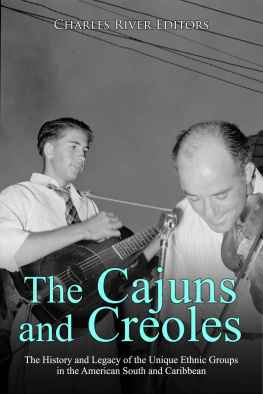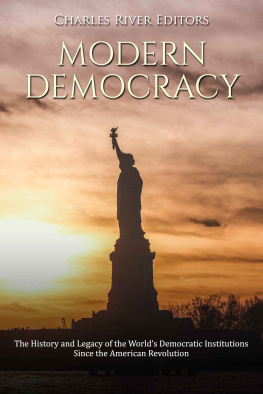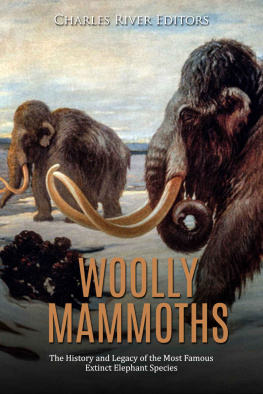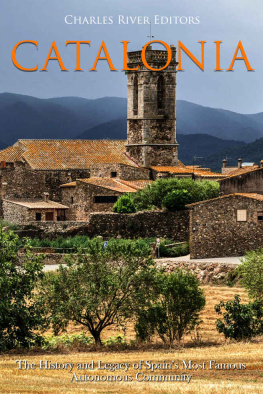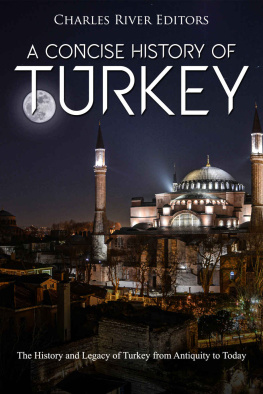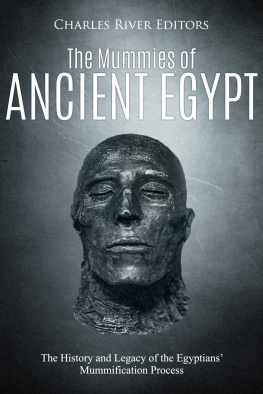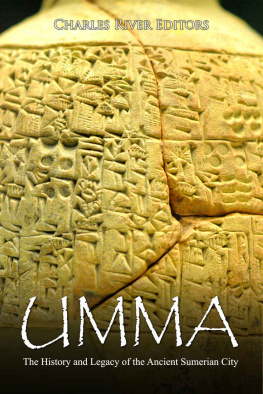Charles River Editors - The Cajuns and Creoles: The History and Legacy of the Unique Ethnic Groups in the American South and Caribbean
Here you can read online Charles River Editors - The Cajuns and Creoles: The History and Legacy of the Unique Ethnic Groups in the American South and Caribbean full text of the book (entire story) in english for free. Download pdf and epub, get meaning, cover and reviews about this ebook. year: 2020, publisher: Charles River Editors, genre: Home and family. Description of the work, (preface) as well as reviews are available. Best literature library LitArk.com created for fans of good reading and offers a wide selection of genres:
Romance novel
Science fiction
Adventure
Detective
Science
History
Home and family
Prose
Art
Politics
Computer
Non-fiction
Religion
Business
Children
Humor
Choose a favorite category and find really read worthwhile books. Enjoy immersion in the world of imagination, feel the emotions of the characters or learn something new for yourself, make an fascinating discovery.
- Book:The Cajuns and Creoles: The History and Legacy of the Unique Ethnic Groups in the American South and Caribbean
- Author:
- Publisher:Charles River Editors
- Genre:
- Year:2020
- Rating:4 / 5
- Favourites:Add to favourites
- Your mark:
- 80
- 1
- 2
- 3
- 4
- 5
The Cajuns and Creoles: The History and Legacy of the Unique Ethnic Groups in the American South and Caribbean: summary, description and annotation
We offer to read an annotation, description, summary or preface (depends on what the author of the book "The Cajuns and Creoles: The History and Legacy of the Unique Ethnic Groups in the American South and Caribbean" wrote himself). If you haven't found the necessary information about the book — write in the comments, we will try to find it.
The Cajuns and Creoles: The History and Legacy of the Unique Ethnic Groups in the American South and Caribbean — read online for free the complete book (whole text) full work
Below is the text of the book, divided by pages. System saving the place of the last page read, allows you to conveniently read the book "The Cajuns and Creoles: The History and Legacy of the Unique Ethnic Groups in the American South and Caribbean" online for free, without having to search again every time where you left off. Put a bookmark, and you can go to the page where you finished reading at any time.
Font size:
Interval:
Bookmark:
By Charles River Editors
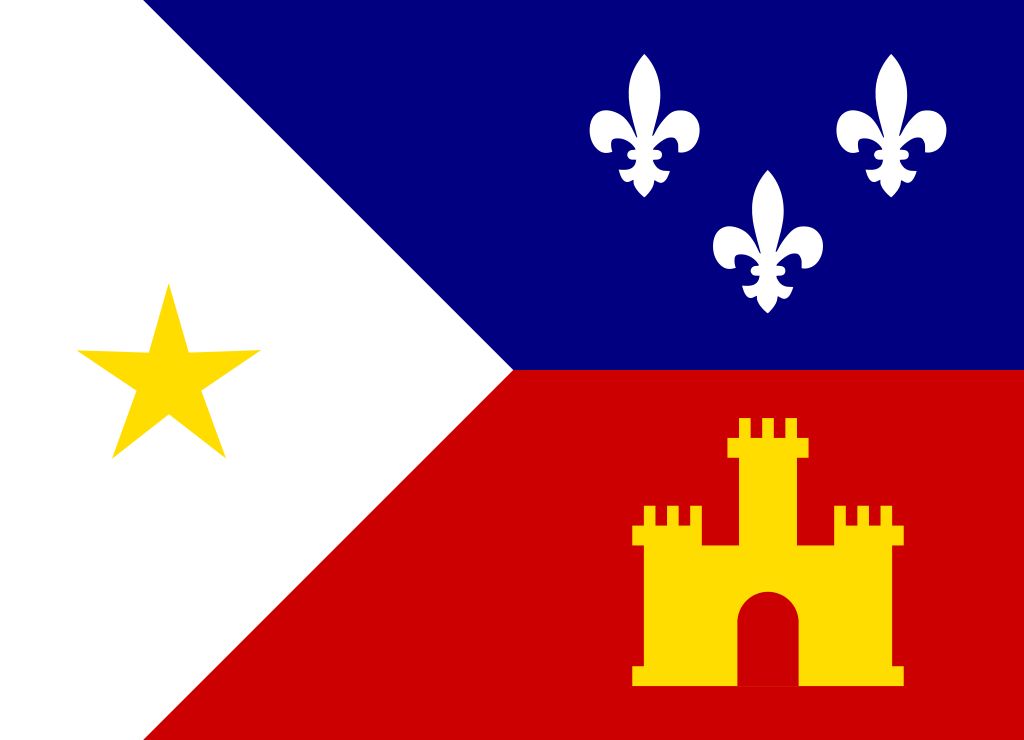
The Louisiana Acadian Flag

Charles River Editors provides superior editing and original writing services across the digital publishing industry, with the expertise to create digital content for publishers across a vast range of subject matter. In addition to providing original digital content for third party publishers, we also republish civilizations greatest literary works, bringing them to new generations of readers via ebooks.
Sign up here to receive updates about free books as we publish them , and visit Our Kindle Author Page to browse todays free promotions and our most recently published Kindle titles.
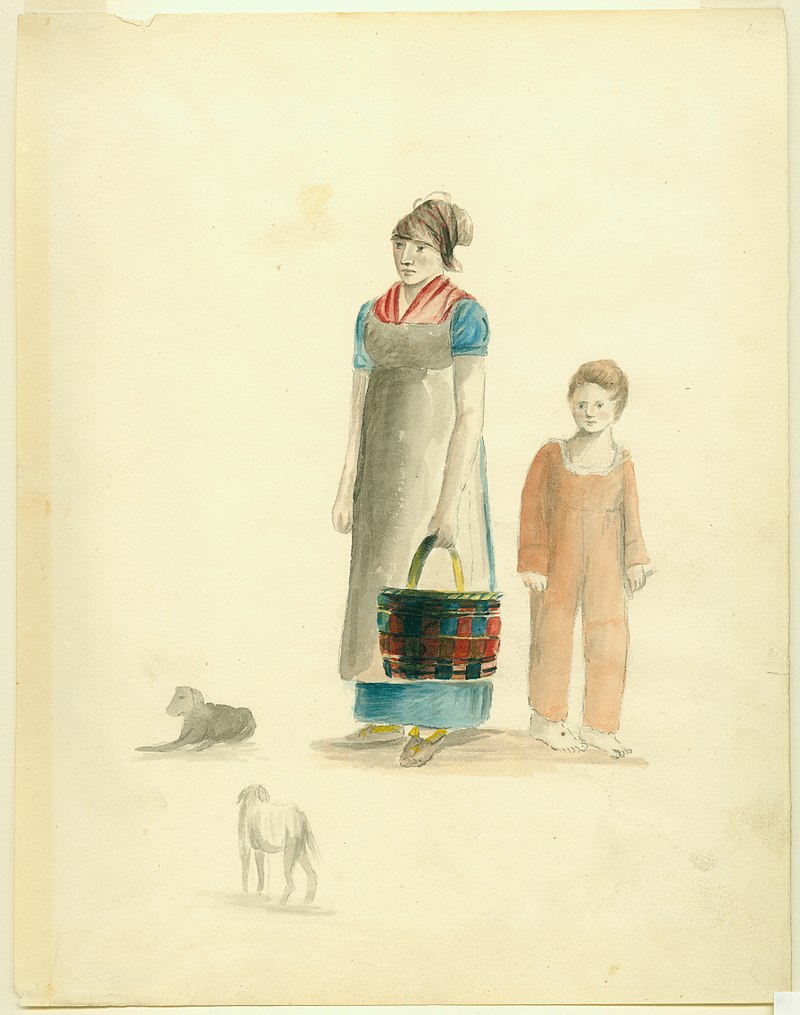
Painting of Creole Woman and Boy by Anna Maria von Phul (1818)
Deep within the bayous and swamps of Louisiana resides a population descended from an exodus. These people, called Cajuns or Acadians, were expelled from their homelands. Persecuted and homeless, they traveled hundreds of miles south in search of a new home and ultimately settled in the Pelican State, where they made new lives for themselves free from their British conquerors. Though not always warmly welcomed, they were accepted, allowing them to practice their different culture amidst their new neighbors.
Though their home has changed flags over the centuries, the people themselves have remained, retaining a culture that goes back several centuries. While people continue to assimilate, some have continued to live same lifestyles their ancestors did for generations, and they continue to fascinate outsiders, so much so that they occasionally end up being featured on the History Channel.
Vibrant, up-tempo vocals and exquisitely soulful harmonies paired with an accordion-heavy and drum-tastic blend of folksy and bluesy instrumentals that one cannot help but tap one's foot to. Rich and creamy, ultra-seasoned bisques. Flavorful, aromatic gumbos packed with tomatoes, smoked sausages, chicken, and shellfish. A heavenly concoction of stewed rice and an assortment of meats and seafood, enlivened with tomatoes, celery, onions, and peppers, otherwise known as red jambalaya. Striking paintings featuring bright pops of color and featureless silhouettes of men, women, and children with varying shades of brown skin. These are often the first sounds, scents, tastes, and visuals evoked when the word Creole is brought up in a conversation.
Contrary to popular belief, the term Creole is not restricted to the Louisiana Creole, nor the Creoles of color, which collectively refers to the overall ethnic group and different local Creole cultures that blossomed across the Spanish and French colonies in Louisiana, Mississippi, and northwestern Florida. Today, the term is much more complex and may be applied to any of the various Creole cultures around the globe. The word may also be used to describe any language that has spawned from a mixture of languages, or specifically the associated, but distinct tongues developed within Creole communities, as well as the speakers of these languages themselves.
Generally speaking, however, the word Creole refers to the cultures birthed from the colonial-era racial and cultural mixing between Europeans (mostly of French, Spanish, or Portuguese descent) and Africans, as well as Native Americans, and other local or indigenous peoples in French, Spanish, and Portuguese territories. The merging of the above-mentioned heritages is a process now known as creolization. Indeed, the image of a caramel-skinned individual with a combination of Afrocentric, Native American, and Caucasian physical features falls within the extensive realm of Creole culture, but it is important to remember that the Creole peoples come in all complexions, shapes, and sizes, ranging from darker skin coupled with predominantly African traits and virtually no visible signs of European ancestry, to sets of blue or green eyes set amongst other ambiguously Caucasian characteristics. Beige-skinned individuals sculpted with an assortment of Spanish and Southeast Asian features, as seen in many of the Filipino Creole, also belong to the same category.
The Cajuns and Creoles: The History and Legacy of the Unique Ethnic Groups in the American South and Caribbean profiles the people, from their origins to their history across the world. Along with pictures of important people, places, and events, you will learn about the Cajuns and Creoles like never before.
Belonging to a particular culture and consciously partaking in its time-honored traditions are deeply special things to many people, but being able to relate to two or more different cultures and thereby weave together an entirely independent and inimitable culture is a beautiful blessing in its own. In the 21 st century, racial and culture mixing are becoming progressively more commonplace and more universally accepted, but this was not always the case, and intolerance still rears its ugly head in many places around the world. Be that as it may, the concepts of mixed race identities and cultural melting pots themselves are anything but novel ideas to the contrary, these natural phenomena are as old as time.
At its height, the ancient Roman Empire covered much of the European continent, Britain, and portions of northern Africa, western Asia, and the Mediterranean islands. The coexistence of Romans, other Europeans, Africans, Asians, and Mediterranean natives in these parts inevitably led to interracial relationships, which in turn produced biracial and multiracial children, and the emergence of compound and thereby unique cultures. Such unions gave rise to the likes of Septimius Severus, a 3 rd century Roman emperor of Italian-Roman and Libyan descent best known for being the first African-born ruler of the empire and his revolutionary militarization of the monarchy. Philippus II, of Phoenician (or Syrian) and Roman extraction, held the title of Caesar for two years before he was murdered at the age of 12. These unions, of course, were not exclusive to the Roman Empire. Mithridates VI of Pontus, a prince of Persian and Greek descent, was one of the Roman Republic's most fearsome foes.
One also experiences the remarkable products of culture mixing in ways that are both subtle and significant. It may be as simple as taking a sip of matcha bubble tea, which shares both Japanese-Chinese and Taiwanese roots, or dining at any fusion restaurant, or even conversing in any given modern language, which abounds with several words, phrases, maxims, and idioms derived from one or more foreign tongues. More likely than not in an increasingly globalized world, people frequently encounter individuals with diverse backgrounds. Tourists might pass a Greco-Roman building converted into a bank or museum, or perhaps for those residing in southeast Asia, a school or boutique built in the Sino-Portuguese architectural style. The byproducts and influences of ethnic and cultural fusion, in short, is a list that is virtually endless.
While the magic that springs forth from such fusion is readily apparent, the geneses and evolution of many, if not all of these cultures are also steeped in misery, injustice, and adversity. Nevertheless, with strength, perseverance, and an unyielding determination to preserve the precious roots of the two or more cultures they identified with, the forefathers of various cultures were able to rise above all the pain and suffering, and they ultimately forged lifestyles of their own, complete with distinct values, customs, and traditions. This is the essence of all things Creole, a momentous marriage of two or more ethnicities and/or cultures, as well as the resilience and power to always see the light at the end of the tunnel.
Font size:
Interval:
Bookmark:
Similar books «The Cajuns and Creoles: The History and Legacy of the Unique Ethnic Groups in the American South and Caribbean»
Look at similar books to The Cajuns and Creoles: The History and Legacy of the Unique Ethnic Groups in the American South and Caribbean. We have selected literature similar in name and meaning in the hope of providing readers with more options to find new, interesting, not yet read works.
Discussion, reviews of the book The Cajuns and Creoles: The History and Legacy of the Unique Ethnic Groups in the American South and Caribbean and just readers' own opinions. Leave your comments, write what you think about the work, its meaning or the main characters. Specify what exactly you liked and what you didn't like, and why you think so.

